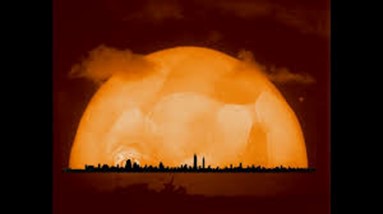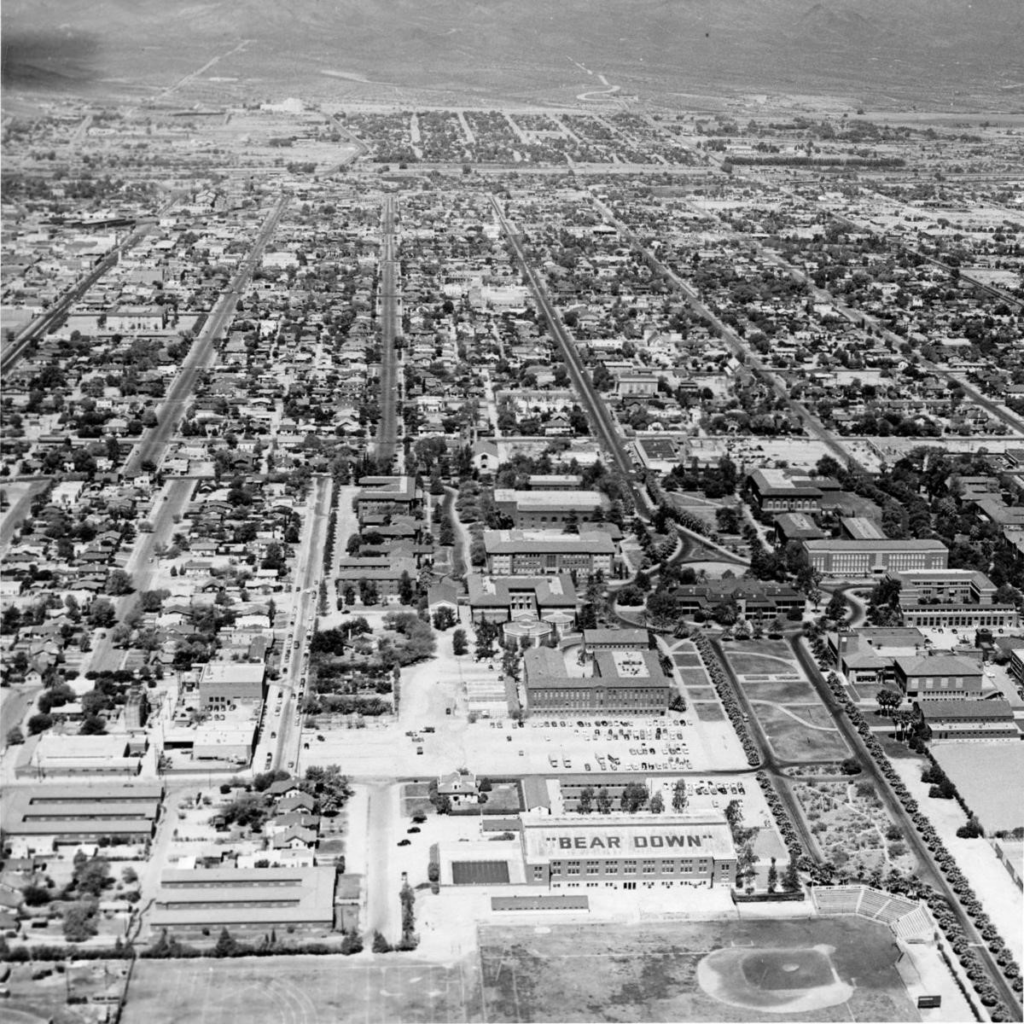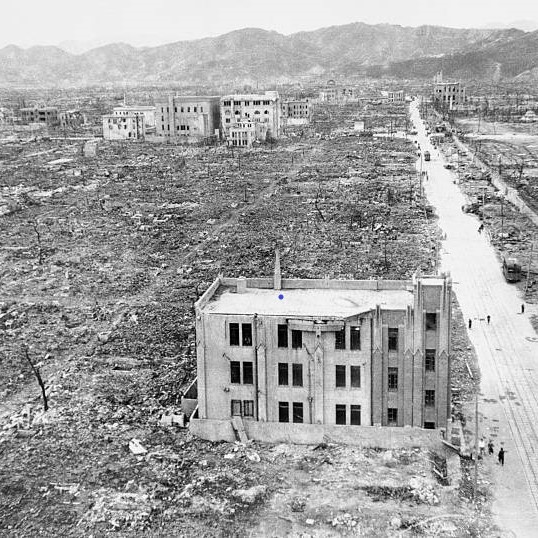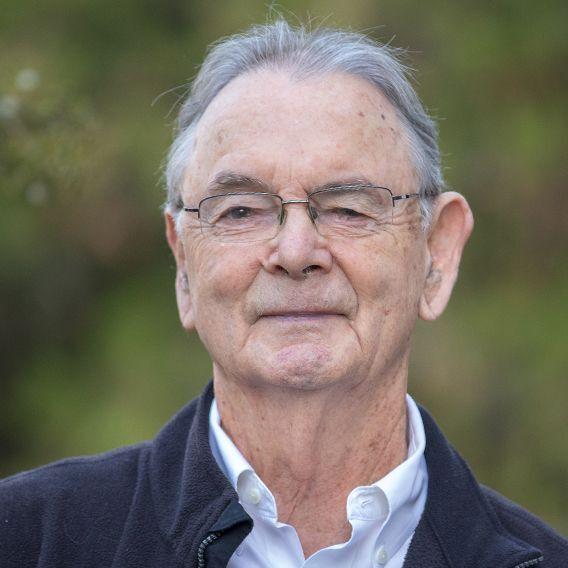
This article was originally published in the August 11, 2023, edition of the Arizona Daily Star newspaper in their local column “Tucson Opinion.”
The following is the opinion and analysis of the writer:
We recently celebrated, if that’s the right word, the anniversaries of the only use so far in a war of atomic weapons — our dropping of an atomic bomb on Hiroshima on Aug. 6, 1945, and another on Nagasaki on Aug. 9.
Very small atomic bombs, by today’s standards. The Hiroshima bomb yielded the equivalent of about 15,000 tons of TNT, and the Nagasaki bomb 22,000 tons.
Today’s “strategic” bombs yield tens of times more. At least.
Atomic bombs yield more than TNT does, though — a heat that is far greater and likely to cause firestorms, and ionizing radiation. The very great damage these can cause is harder to compute and is usually left out in mentions of “yield.”
What may also be omitted is effects.
Tucson Cityscape 1955 vs Hiroshima Cityscape 1945


(both cities had a similar population size in these photos)
On these anniversaries we are reminded of how hideous the effects were upon those who were in those cities. Most were civilians — teachers and schoolchildren, mothers and infants, doctors and nurses, grandparents. A small portion of the estimated 70,000 people killed right away were members of the Japanese military. Some of the victims were American prisoners of war. Yes, we knew they were there.
In April 1947, in an article in The Atlantic Monthly called “The Decision,” Henry Stimson, secretary of war at the time, defended the decision to drop the bombs. He claimed the action saved maybe a million American lives and even more Japanese lives, those who would have died in an invasion or a siege.
What saved those however many lives was, of course, the Japanese surrender. What caused the surrender can only be an open question, though it’s usually stated as a given that the atomic bombs did. General Curtis LeMay, who since March 1945 had been firebombing cities in Japan, said that by the time the atomic bombs were dropped, the outcome of the war had already been decided.
Most of the people who died in the firebombings were also civilians. Dying in a firebombing attack is also pretty hideous.
Arguments for eliminating nuclear weapons employ vivid accounts of how hideous it is to die in an atomic attack — arguing that vast numbers of us would die, with human extinction a real possibility in a general nuclear war, with any use of nuclear weapons almost certain to lead to a general nuclear war.
The defenders of nuclear weapons, however, will respond that they are a “deterrent.” This also they take as a given. It doesn’t have to be argued. Why do we have nuclear weapons? Deterrence. End of discussion.
As long as you believe in deterrence, accounts of hideous damage and suffering simply add to the strength of your argument. The more hideous the better. See? This is just what our having nuclear weapons prevents.
The fact that the United States and the Soviet Union didn’t have direct wars with each other during the Cold War is said to validate deterrence. But it doesn’t. It can’t. Large numbers of us might have prayed that something not happen that then doesn’t. But we can’t be sure our prayers caused it not to happen.
If we do suffer a nuclear attack, deterrence will obviously have failed. Automatically retaliating with our nuclear weapons must find another justification.
How about revenge?
Revenge, to be satisfying or effective, needs to be directed against the person who did the thing you are avenging.
In the early ‘60s Daniel Ellsberg was a nuclear war planner at the highest levels in the Pentagon. In his book The Doomsday Machine (2017), he reports that the Pentagon estimated that if its nuclear war plan were executed, 600 million people would be killed, 100 million in the countries of our allies.
How many of them would have been appropriate targets for our revenge, would you say?
More important, who, then, would we be?
